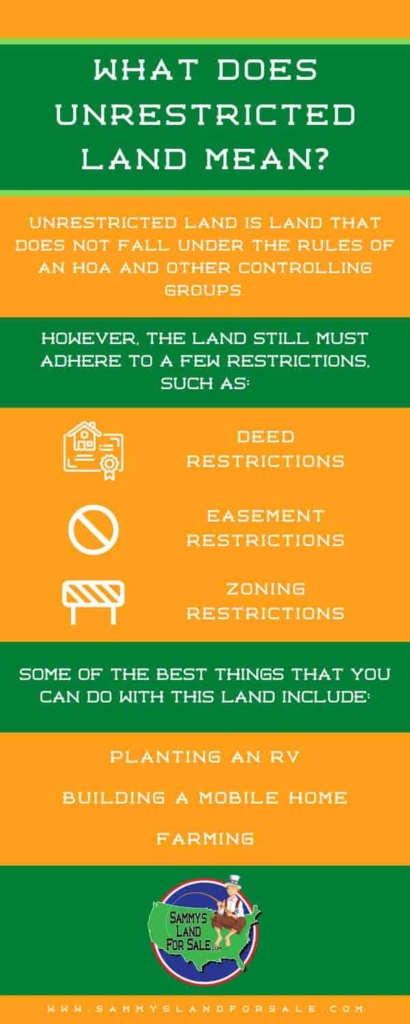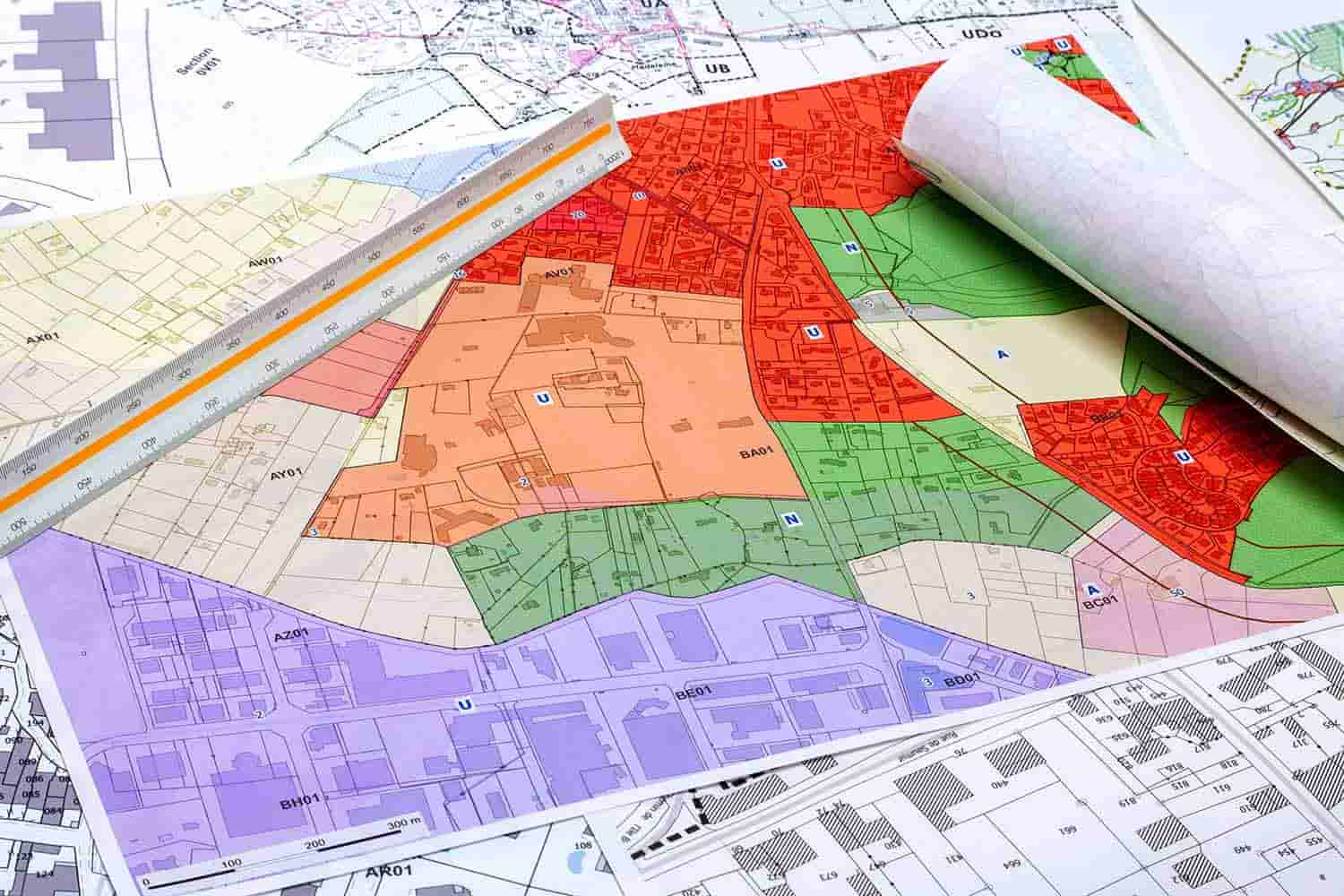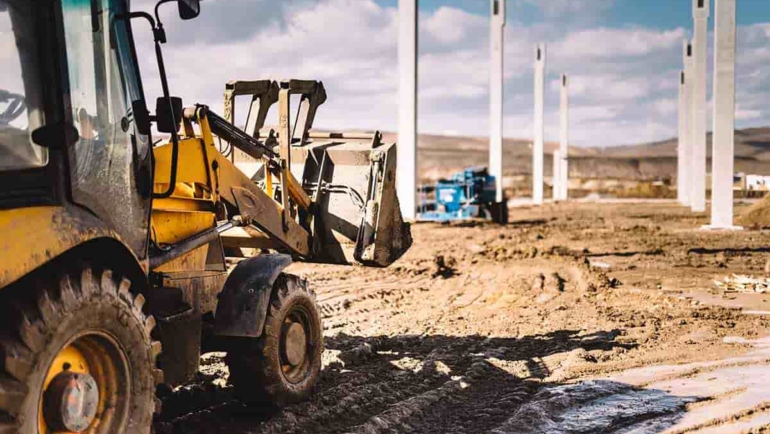Anyone who has looked into purchasing land knows that there are a million different terms used in the industry. It is easy to get confused. One such term that is often misinterpreted is unrestricted land. It can be hard to find the definition online, as there are so many different resources out in the world.
Unrestricted land is land that does not fall under the rules of an HOA and other controlling groups. However, the land still must adhere to a few restrictions, such as:
- Deed restrictions
- Easement restrictions
- Zoning restrictions
These can limit unrestricted land use in a certain area.
Keep on reading to learn more about unrestricted land. We’ll discuss its definition, plus the restrictions that must be followed regardless of its name. By the time you finish reading, you should be an expert on this definition. Unrestricted land will not confuse you again, and you will become a master at interpreting the rules behind it.
What Does Unrestricted Land Mean?
 As discussed above, this area is a type of land that does not have restrictions imposed by an HOA. It is a free piece of land to own, but there are still some rules and regulations that the owner of this type of space must abide by under law.
As discussed above, this area is a type of land that does not have restrictions imposed by an HOA. It is a free piece of land to own, but there are still some rules and regulations that the owner of this type of space must abide by under law.
Some of the restrictions that those on this land must take note of include:
- Deed restrictions: These are written agreements that limit activities that take place on the property. These boundaries can include structural limits, livestock limits, and the ability to sell on the property. If you want to open a business on your land, you should first check the deed restrictions.
- Easement restrictions: These limit your use of the space if there is an easement on the property. These are owned by someone else. An easement can include streets, sewers, gas lines, and utilities. The owner of the easement can use your property and even prevent you from building or developing on the easement.
- Zoning restrictions: These restrictions can dictate how you can use and develop the property. For instance, a piece of land might be zoned as residential. This label means that you cannot build a business on the property. You can check this before you buy the property, so you don’t get stuck with land you don’t want.
These are the three main setbacks that owners of this type of land must understand. It is free, but not entirely free due to these few restrictions.
Despite these boundaries, there are many things that you can do with unrestricted land. Owners should not feel held back by these restrictions. They should look at the limits creatively and figure out how to break them in their way.
These restrictions can make this land different all across the country, regardless of the state. One could have no boundaries, while another is limited. Each restriction varies.
Does the Definition for Unrestricted Land Differ by State?
The definition of this land does not differ by the state in its general interpretation. However, the restrictions are not the same in every location. A city in Iowa might have massive zoning restrictions, while a town in California focuses more on easement restrictions. These change from place to place, altering the definition a little bit.
Some of the items that the states keep the same include:
- The lack of involvement by the HOA
- The three restrictions that can come into play
These are the same in every state. However, the restrictions can make it seem like the definition shifts from state to state if you take a look.
Unrestricted land is a commodity in many areas. As more people populate the world, it is becoming less and less common. Before settling in a state, check out every single restriction on the land in certain areas. Look for areas that have the mildest limits on their land.
What Are Some Examples of Land Use for Unrestricted Land?
Now that we have gone over the basic definition of this land, you might be wondering what you can do with it. It seems a little confusing, with all of the minor restrictions placed on this seemingly free area of the country. What are the best uses for this land for the average human being?
Some of the best things that you can do with this land include:
- Planting an RV: This portion of land is perfect for planting an RV. You can live in it full-time if you find the right place. However, some states will not permit you to do this. Keep this in mind when looking for a spot to park your motorized home.
- Building a mobile home: HOAs can be very restrictive about mobile homes. Most do not permit them on their land. Unrestricted land does not limit that. If it is okay with the other restrictions, you can go ahead and place a mobile home on this land. It is cheaper and a quality way to live.
- Farming: If the restrictions allow it, you can always farm on this land. Livestock and food can be grown and raised here. You might be able to sell the produce that comes from this, though regulations may permit this act of business done on the property.
All of these are quality things that you can choose to do with unrestricted land. Some items depend on the regulations that have been placed on the area by outside sources.
There are many, many other things that you can do with unrestricted land. Here, we’ll go over two of the best in detail. These are productive uses that will provide you with many benefits. They will also fit under most restrictions, no matter where you are.
Building a Tiny Home on the Property
Building a tiny home is an excellent way to use unrestricted land. A tiny home is what it sounds like – a home smaller than the average living space. Small living areas work well for single people or couples that are comfortable together. They can also be rented out as an extra form of income on the side.
A tiny home typically consists of:
- A bed: Your tiny home will need a bed, often put in as a loft above the rest of the place. The size will depend on how many people live in the space.
- A bathroom: The space needs a bathroom, often a toilet, a sink, and a tiny shower. You can nix this if you want to build an outdoor format instead, though this can be tricky.
- A kitchen: You will need to incorporate a small eating area and cooking space inside the tiny home. This area is often the largest part of the home, as it also doubles as a space to relax and hang out.
Once you have all of these things, you have a decent living space. Accessories can be added as room becomes available, such as tables that fold out and various decorations.
Because they are so new, solid building codes have not been established yet for this compacted version of living. This lack of limits makes them ideal for creating unrestricted land. It is unlikely that there will be any rules or regulations in the way preventing you from building this item for yourself.
Homesteading
Homesteading is another thing that has become very popular on unrestricted land. A homestead is a place where the land is cultivated by you or your family. You’ll turn it into a system that can support you. It is self-sufficient.
When homesteading, you can expect to:
- Raise livestock: You can raise animals such as cows, sheep, and even chickens on this property.
- Grow food: On this land, you can grow your food. This process might include corn, wheat, and various forms of fruit. Livestock can serve as protein.
- Make use of your land: Your land can allow you to survive even the harshest of times. By being self-sustaining, you will save a lot of money in the long run.
All of these items will put you off of the grid in the best ways. This land allows this unique experience to become possible.
The only way you can be set back in homesteading is if there are any livestock limits on the space. This limit will come in the form of a deed restriction. Check the land before you begin your journey so that you do not risk losing what you build. If you are free to do so, homesteading is an efficient and self-sustaining way to live off the land.
What Is Land Called That You Can’t Build On?
It can be incredibly frustrating to purchase land, only to find out that you cannot build on it. Having HOA restrictions is better than having a piece of the world that you cannot touch. If you’re trying to figure out what this land is called, it can be tricky to find the answer. As we discussed, there are a million different terms for land in this industry.
Land that you cannot build on is considered prohibited by zoning regulations. We discussed these a bit earlier. Though annoying, zoning regulations:
- Prevent stores from being built in the middle of neighborhoods
- Stop homes from being developed in a shopping center
- Keep things nice and organized in a town or city
Zoning laws keep all of these things in place. Without them, each city would forever rest in a state of chaos.
You cannot build on land that is impeded by zoning restrictions. This item is good to know in advance. Check out the limits on the area. If you cannot build and you want to, you should look into different pieces of land so you can follow through with your plan.
Sometimes, restricted land does not allow you to build either. It all depends on the strictness of the HOA and what laws have been put into play.
Conclusion
Unrestricted land is great because you can, for the most part, do whatever you want with it. You are not restricted by the rules of an HOA or another ruling body. This lack of limits can be very beneficial for a brand-new landowner. It opens up a world of possibilities for someone who has bigger dreams for an empty plot.
Of course, there are still some limits. There may be deed restrictions, easement restrictions, and zoning restrictions that prevent the construction of structures. If an owner pays attention to these, they are sure to have a pleasant experience working with the land that they have found themselves in possession of. The sky is the limit.




